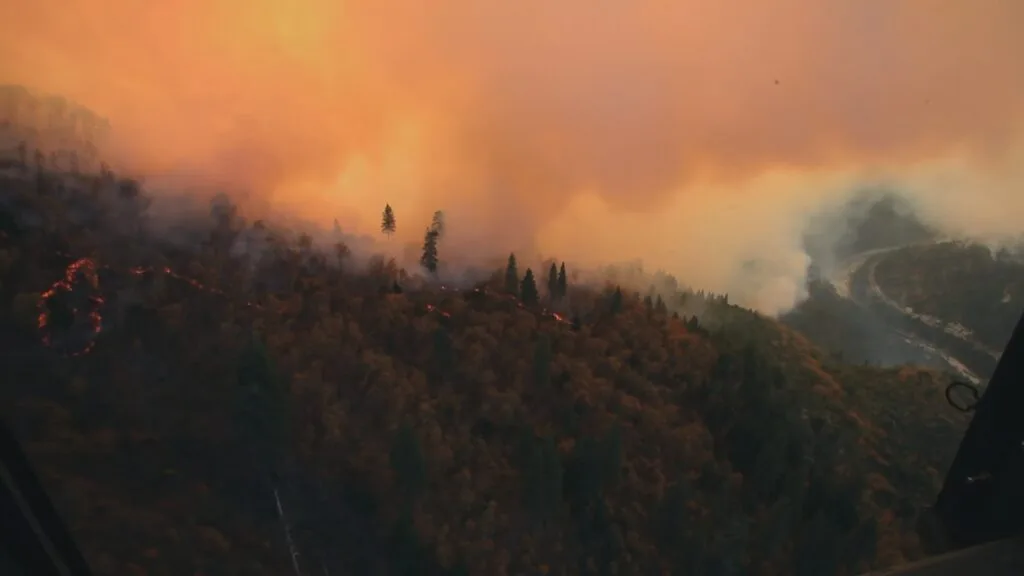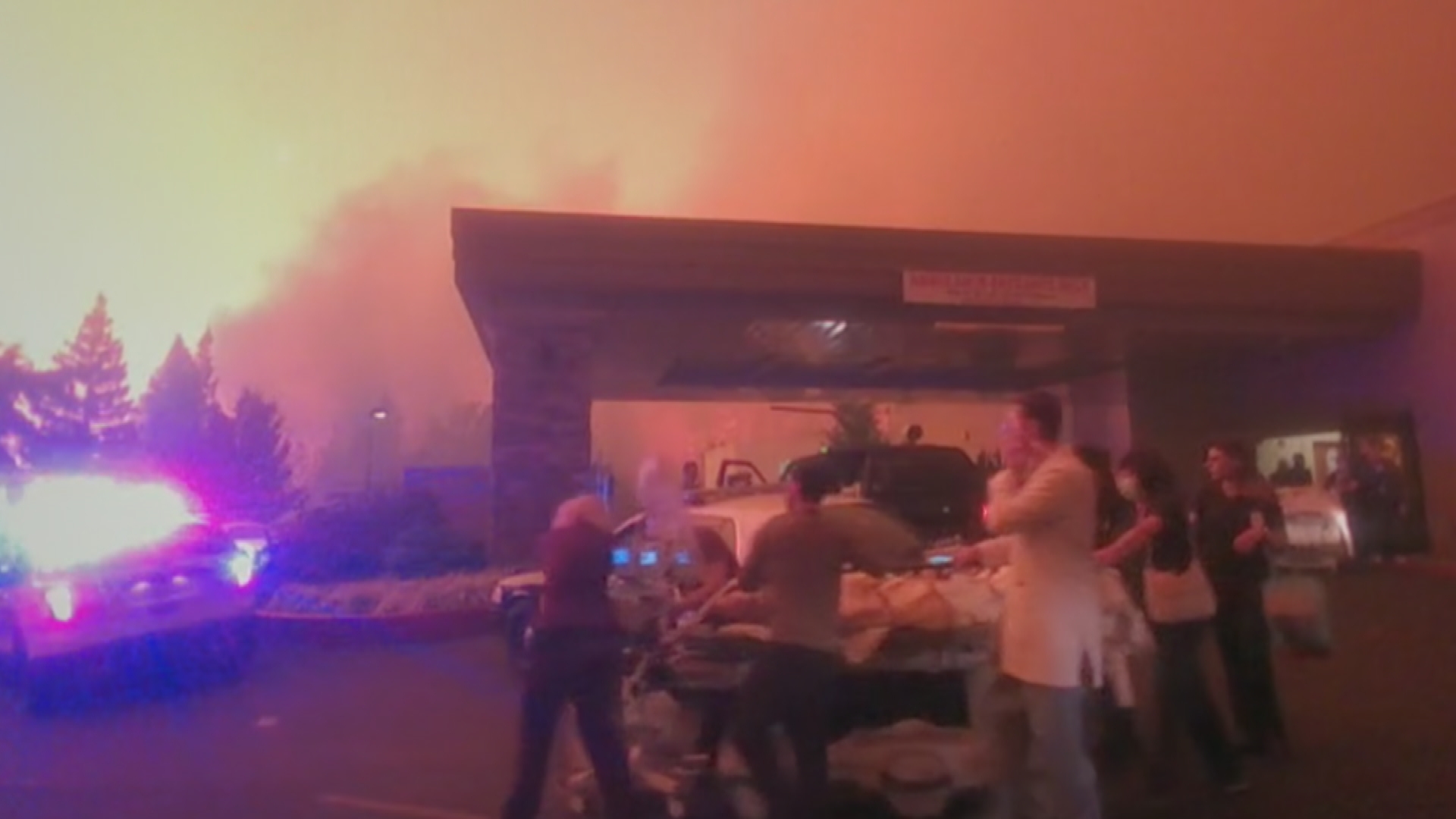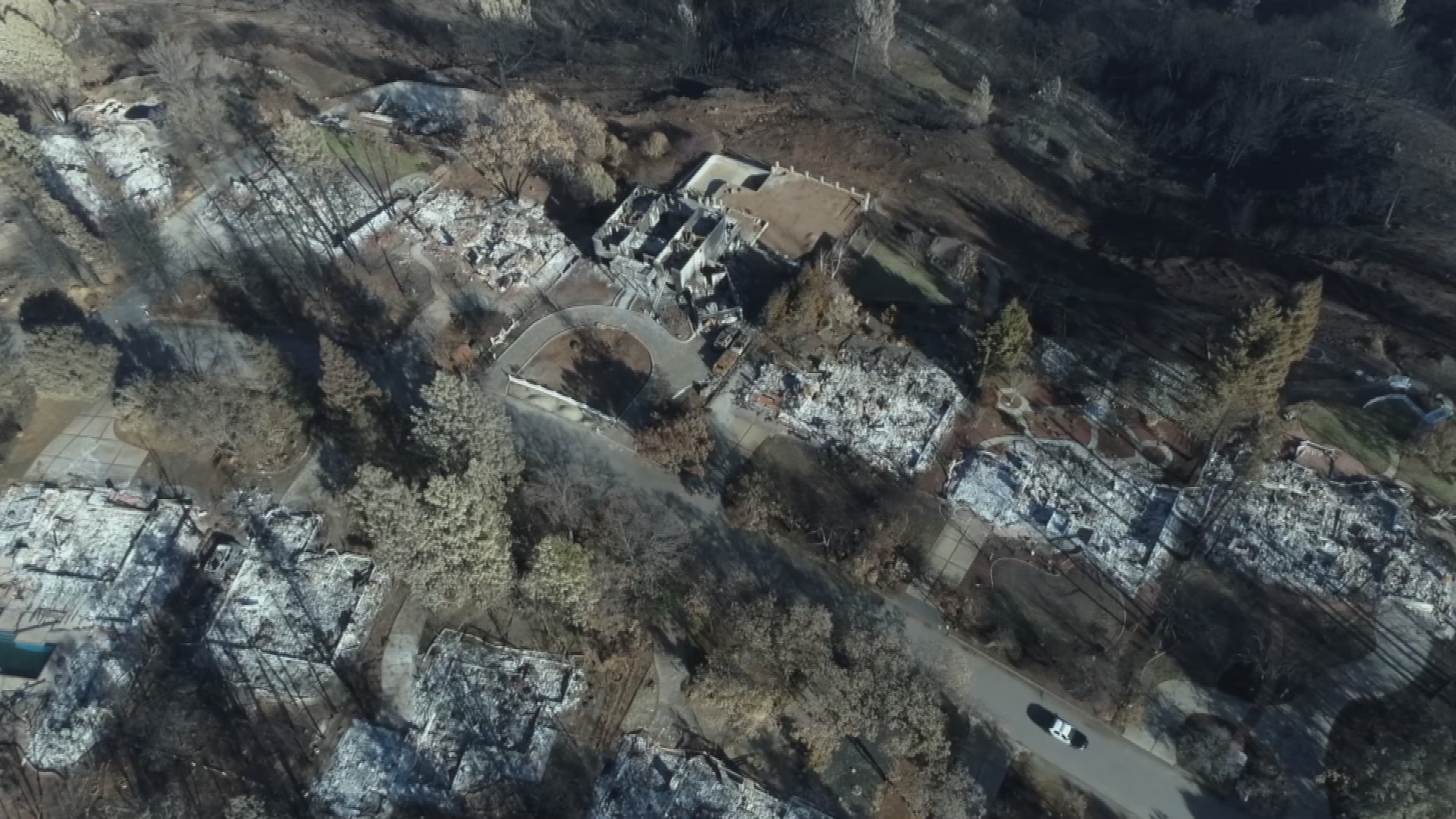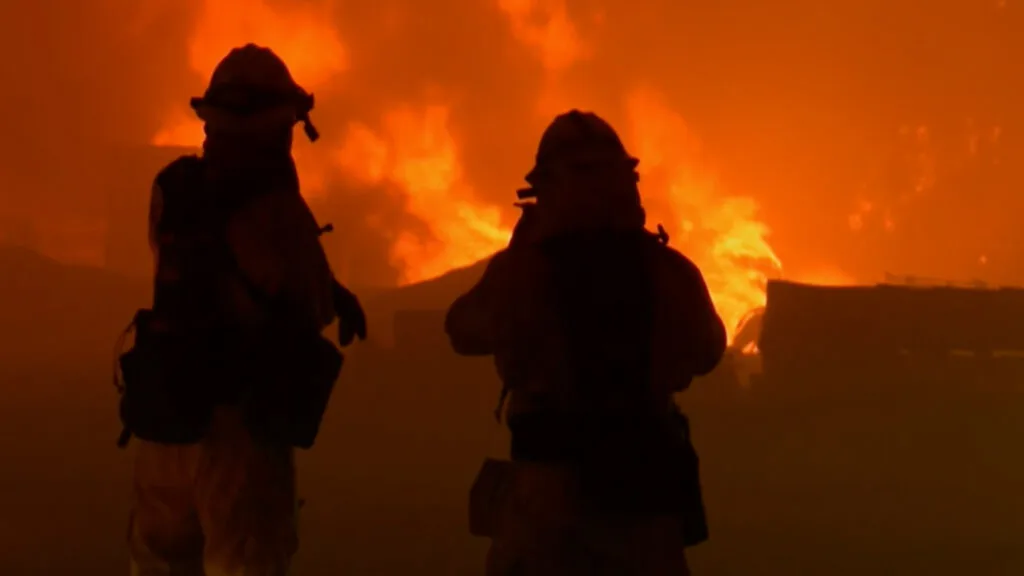Camp Fire: By the Numbers

October 29, 2019
Share
It has been 355 days since the deadliest wildfire in California’s history began.
It ignited in the early morning hours of Nov. 8, 2018 and would rage for more than two weeks, devastating the town of Paradise before it was extinguished. FRONTLINE’s new documentary Fire in Paradise examines who’s to blame, and what made the fire so catastrophic.
Here, we look at some of the numbers that defined the Camp Fire.
A nearly 100-year-old electrical transmission line owned and operated by Pacific Gas and Electric was identified as the cause of the Camp Fire after an investigation by California’s Department of Forestry and Fire Protection, or Cal Fire. Internal documents obtained by The Wall Street Journal this year found that in 2017, the utility estimated the average age of its transmission towers was 68 years old. Some were 108 years old. The mean life expectancy of the towers was 65 years. PG&E declined to be interviewed for the documentary, but sent a statement and written responses to questions. It said, “PG&E disagrees with any suggestion that it knew of any specific maintenance conditions that caused the Camp Fire and nonetheless deferred work that would have addressed those conditions.”
132 calls to 911 were answered by Paradise’s dispatch center between 6:30 a.m., around the time the fire was first reported, and when the calls were rerouted at 8:20 a.m., according to the San Francisco Chronicle. Carol Ladrini was one of the dispatchers working the phones. Her training would prompt her to ask, “Do you see ashes? Do you see flames? How close is it?”
80 football fields a minute was the rate at which the fire spread at its peak.
67 patients admitted at Feather River Hospital were evacuated as the flames approached. Patients, some carrying their IV bags, were loaded up into the vehicles of doctors, nurses and other hospital staff. “It wasn’t a normal evacuation that we’ve been planning and rehearsing,” Nichole Jolly, a nurse at the hospital, told FRONTLINE. “It was so fast.”

4 hours was all it took for the fire to rip through Paradise. “Our Air Tac officer gave a report — where the fire was and how much was being impacted. He basically said, ‘The fire’s progressed all the way through town,’” Cal Fire Division Chief John Messina told FRONTLINE. “By noon, we had conceded that the town had basically burned down.”
85 people lost their lives in the fire. Some died in their cars as they were trying to escape. The vast majority of people who died were 60 years or older. In August, the Butte County Sheriff’s Department said one more person who suffered serious injuries in the fire had passed away, bringing the official toll to 86.
153,335 acres were burned by the wildfire, approximately the size of Chicago. The fire spread to more than 100,000 acres within the first two days.
18,800 structures were destroyed, the vast majority of them — almost 14,000 — were residences. Around 30,000 people lost their homes.

More than 5,000 firefighters were dispatched to tackle the blaze at one point, a week after it had begun. Responders from across California and other U.S. states helped contain the fire.
$8.4 billion in insured losses were reported to the California Department of Insurance as of January. Losses in the Camp Fire made up a major chunk of the $12.4 billion in damage claims from California wildfires in 2018.
10 of the 20 most destructive fires in California, in terms of structures destroyed, happened in the last four years, according to Cal Fire. Eight of them happened within the last two years. In its strategic plan for 2018 (released before the Camp Fire), Cal Fire noted, “Climate change has rendered the term ‘fire season’ obsolete, as wildfires now burn on a year-round basis across [California].”

Related Documentaries
Latest Documentaries
Related Stories
Related Stories
Policies
Teacher Center
Funding for FRONTLINE is provided through the support of PBS viewers and by the Corporation for Public Broadcasting. Additional funding is provided by the Abrams Foundation; Park Foundation; the John D. and Catherine T. MacArthur Foundation; and the FRONTLINE Journalism Fund with major support from Jon and Jo Ann Hagler on behalf of the Jon L. Hagler Foundation, and additional support from Koo and Patricia Yuen. FRONTLINE is a registered trademark of WGBH Educational Foundation. Web Site Copyright ©1995-2025 WGBH Educational Foundation. PBS is a 501(c)(3) not-for-profit organization.



















